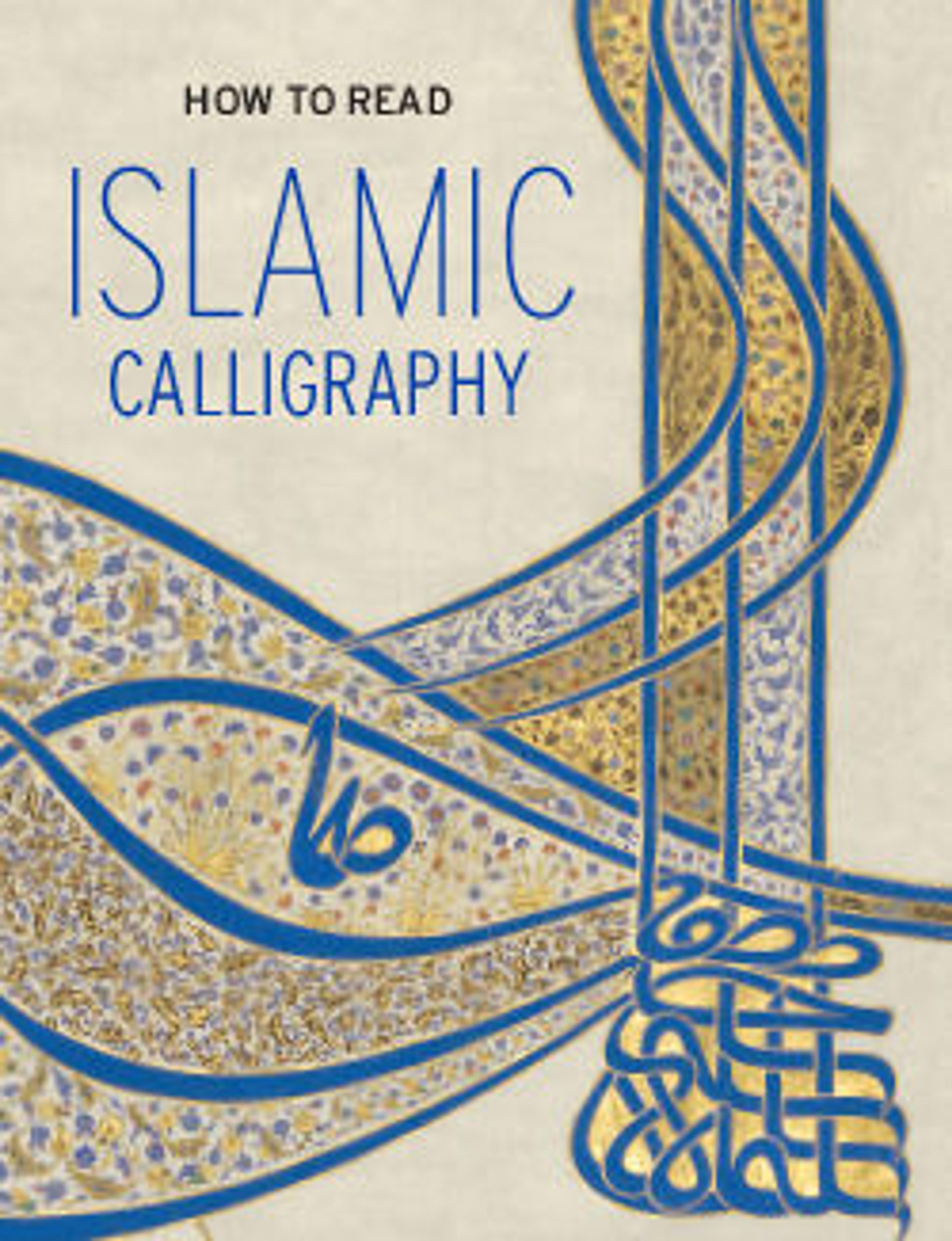Bowl with Arabic Inscription, "Blessing, Prosperity, Well-being, Happiness"
Many ceramics from the Nishapur region are decorated with calligraphy. The writing on these objects often relates to their use (i.e., "Eat with appetite") or repeat a familiar proverb. The writing on this bowl expresses good wishes for the owner: "Blessing, felicity, prosperity, well-being, happiness." Curiously, the inscription includes the start of an additional word, al, meaning "the," but not the rest of the word. The tall vertical strokes of these letters must have been included to make the overall visual effect of the inscription more harmonious. This bowl is thought to come from Samarqand, because the central motif of interlacing straps is also found on metal objects made there.
Artwork Details
- Title: Bowl with Arabic Inscription, "Blessing, Prosperity, Well-being, Happiness"
- Date: late 10th–11th century
- Geography: Made in present-day Uzbekistan, probably Samarqand. Excavated in Iran, Nishapur
- Medium: Earthenware; white slip with polychrome slip decoration under transparent glaze
- Dimensions: H. 4 1/4 (10.8 cm)
Max Diam. 14 in. (35.6 cm) - Classification: Ceramics
- Credit Line: Rogers Fund, 1940
- Object Number: 40.170.15
- Curatorial Department: Islamic Art
More Artwork
Research Resources
The Met provides unparalleled resources for research and welcomes an international community of students and scholars. The Met's Open Access API is where creators and researchers can connect to the The Met collection. Open Access data and public domain images are available for unrestricted commercial and noncommercial use without permission or fee.
To request images under copyright and other restrictions, please use this Image Request form.
Feedback
We continue to research and examine historical and cultural context for objects in The Met collection. If you have comments or questions about this object record, please complete and submit this form. The Museum looks forward to receiving your comments.
